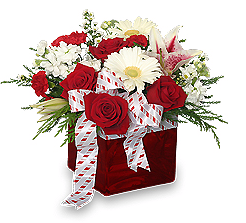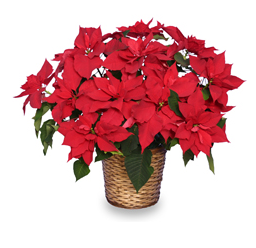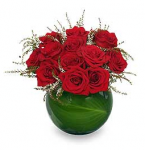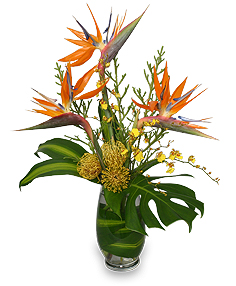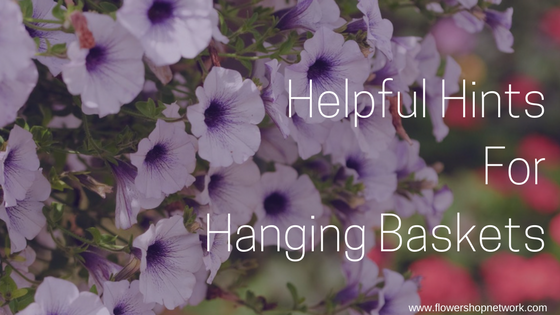
Hanging baskets are a great way to quickly beautify outdoor spaces. Petunias, begonias, moss rose, fuschia, sweet potato vines, pansy, the list of annuals, perennials, and green plants for hanging baskets is a long one! The care for your baskets will vary depending on what types of plants you have, but there are some general guidelines you can follow to help you keep your outdoor hanging baskets beautiful all summer long. [Read more…]


 Find Your
Find Your 
 Mist your flowers
Mist your flowers

